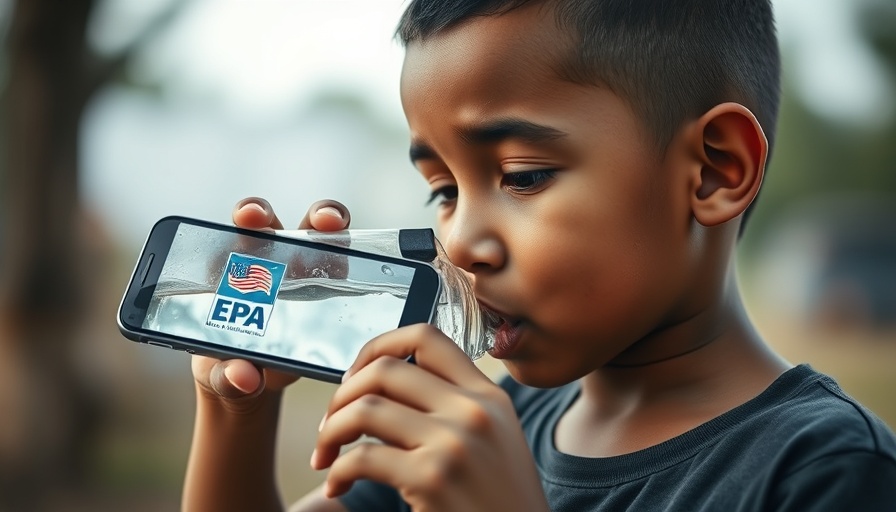
The EPA's Controversial Decision: A Deep Dive into Fluoride Risks
In a significant move, the U.S. Environmental Protection Agency (EPA) has announced its intention to appeal a federal court ruling that deemed current levels of fluoride in drinking water as presenting an unreasonable risk to children's health. This decision, reported by attorney Michael Connett, is a blow to public health advocates who have long argued against water fluoridation.
Why Were the Courts Involved?
The ruling came after a lawsuit highlighted the potential dangers fluoride poses, particularly to children, whose developing bodies are more susceptible to the compound's harmful effects. U.S. District Judge Edward Chen's decision last September noted that fluoride levels in U.S. water exceed safety recommendations significantly.
What Does this Mean for Public Health?
Following the court's ruling, many health and wellness advocates, including groups like the Fluoride Action Network (FAN), viewed this as an opportunity for the EPA to reconsider its stance on water fluoridation. As Connett aptly puts it, the agency had a unique chance to re-evaluate its historic approach to fluoride but chose to appeal instead.
Industry Pushback: The Advocates for Fluoride
Supporting the EPA's appeal are organizations like the American Chemistry Council and the American Fluoridation Society, which have strong ties to the chemical industry. These groups advocate for continuing fluoridation, highlighting its benefits for dental health. This divide underscores the ongoing debate between public health concerns and industry interests.
What Next for Water Fluoridation?
As the appeal heads to the 9th Circuit U.S. Court of Appeals, it will be crucial to follow the developments closely. The potential for a shift in EPA policy hinges on the outcome of this case, which may have lasting implications for public safety and health practices across the country.
 Add Row
Add Row  Add
Add 




Write A Comment